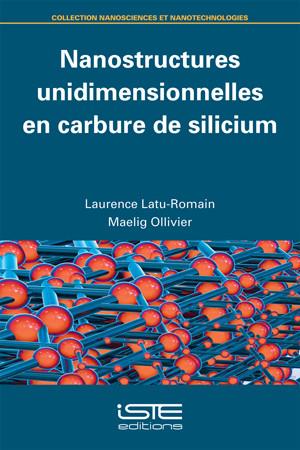
One-dimensional (1D) nanostructures from silicon carbide (SiC) are attracting the scientific community because their combination of excellent intrinsic properties with low dimensionality has tremendous potential for breakthrough applications. Silicon carbide does indeed possess very interesting physicochemical and electronic properties, particularly in its biocompatibility. 1D nanostructures such as nanowires and nanotubes are remarkable due to their […]
One-dimensional (1D) nanostructures from silicon carbide (SiC) are attracting the scientific community because their combination of excellent intrinsic properties with low dimensionality has tremendous potential for breakthrough applications. Silicon carbide does indeed possess very interesting physicochemical and electronic properties, particularly in its biocompatibility. 1D nanostructures such as nanowires and nanotubes are remarkable due to their high surface area relative to their volume, as well as their unique characteristics in comparison to those of bulk materials.
Dedicated to SiC-based 1D nanostructures, this book explains the properties and different growth methods of these nanostructures. It details carburization of silicon nanowires, a growth process for obtaining original Si-SiC core-shell nanowires and SiC nanotubes of high crystalline quality, thanks to the control of the siliconout-diffusion. The potential applications of these particular nano-objects is also discussed, with regards to their eventual integration in biology, energy and electronics.
1. Properties of SiC-based One-dimensional Nanostructures.
2. State of the Art of the Growth of SiC-1D Nanostructures.
3. An Original Growth Process: The Carburization of Si Nanowires.
4. SiC-Based One-dimensional Nanostructure Technologies.

